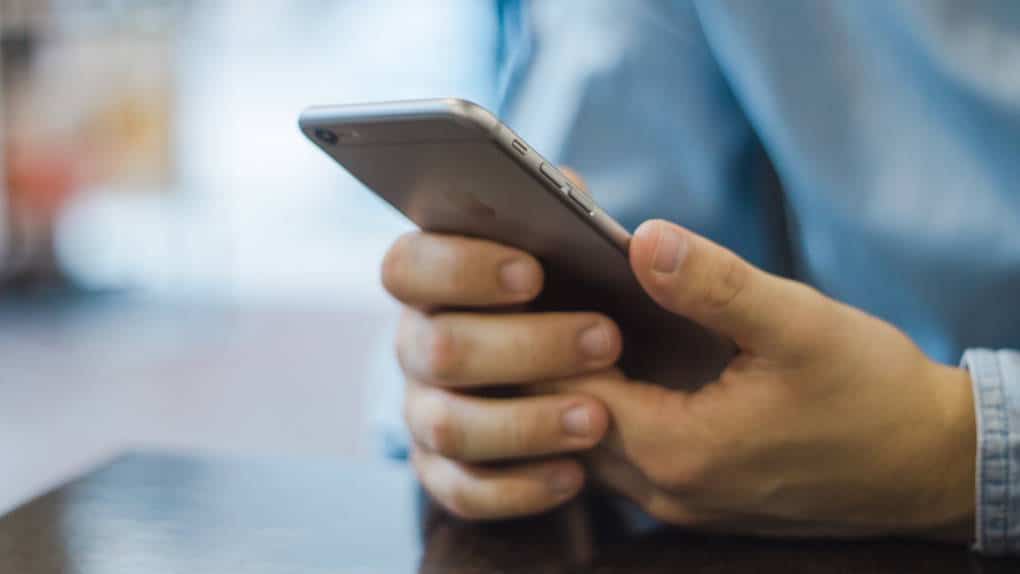Stress is a major factor for why we have as many sick days as we do. In fact, a calculation reveals that stress and depression related sickness and injuries cost in the EU alone is 617 billion Euros a year. That’s the GDP of a country.
 And the truth is, that you can’t really calculate the cost in dollars – particularly not on a personal level. Because stress related sickness is an entirely different animal from, say, the flu. It is agonizing and often goes on for a very long time indeed before people have to take time off.
And the truth is, that you can’t really calculate the cost in dollars – particularly not on a personal level. Because stress related sickness is an entirely different animal from, say, the flu. It is agonizing and often goes on for a very long time indeed before people have to take time off.
For that reason, any tools that could help us cope with such stress would be a welcome relief. It turns out that very soon we might get such help from one of the most common machines that we now have on this planet – the humble smart phone. Now wouldn’t that be something?
So how does it work?
Christopher Lorenz, the co-founder of Soma Analytics, has helped develop such an app. It will track different aspects of your behavior to discover tell-tale signs of stress. There are many different ways that this can be done, with research having found that speech patterns and sleep patterns changing based upon how stressed we are.
The app in question mainly explores sleep patterns and sleep stages. Things it will look out for include whether we’re finding it more difficult to fall asleep and to wind down. Also, we often don’t sleep as soundly, which the phone can pick up based on how we breathe and how much we move as we sleep.
But that’s not all. The app will also ask us questions through questionnaires, to gather more data. The system begins by making suggestions which help fight stress. For example, you’ll be told to try getting more exercise as well as learning time-management tricks so you can get more done.
The final step is to put all of this into an algorithm and – using machine learning – make the system progressively better and more accurate. In this way, he system will be able to learn how to detect problem cases and will be able to pull on the bell if it notices patterns that are cause for alarm.
Making data-driven decisions
Furthermore, the data is shared with the company you work for (though for the sake of privacy it is aggregated and anonymized – the company spent a year making sure employers couldn’t figure out individual data) so that they can see if stress levels are rising or falling as a result of the decisions being taken.
The goal here is to teach management that the mental health of their employees can be tracked and that they can know whether what they’re doing is ultimately good or bad for the people working for them.
And though this might sound scary, really it is something that we want them to track as it means that they’ll be able to figure out how much the happiness and mental well-being of their employees is ultimately worth. There are already plenty of indicators that it is worth a heck of a lot. The thing is, that is still something that is easy to ignore if it is ‘out there’ once it comes into the actual company, however, things suddenly change. Then employers will come to understand how their decisions are having an actual impact on the people that are working for them.
In this way, these apps could translate and transform how people run businesses.
The other side of the coin – what to do about it
This app is hardly the only one out there. There are also plenty of tools which are focusing on giving us a better understanding of how we can fight the stress we’re already feeling. For example, the company Oblow from Paloma is trying to teach people how to breathe.
Yes, that might sound like something most of us can do quite well on our own, but it turns out that knowing how to breathe correctly can fight stress incredibly well. This is because breathing stimulates the parasympathetic nervous system responsible for relaxation and thereby reduces stress. And though we can learn ‘intentional breathing’ from a book, or from an internet page, if we can get direct feedback on what we’re doing that’s going to be a lot quicker.
This is what Oblow is doing. Using light sensors, they guide users through the right breathing routines, so that people get the most benefit they can in the shortest amount of time possible. In this way, people get access to stress-reducing actions quickly and effectively – thereby saving us the problems of stress and saving society from the fallout of having to deal with lots of stressed out people.
How now?
Really, this is just the tip of the iceberg. Phones are getting smarter and have more tools they can use to measure our behavior with. What’s more, the apps that are available are also getting more sophisticated, which means the people who have designed them can use the tools available more effectively.
This means that the tools are going to get better – and fast. It’s about time too, because we’ve heard plenty of news about how smart phones are unhealthy for us. Now imagine if a new wave of apps turns that around and manages to turn these into devices that pick up on the problems we have and offers us easy options to change our behavior?
Now that would be something we could all like.












